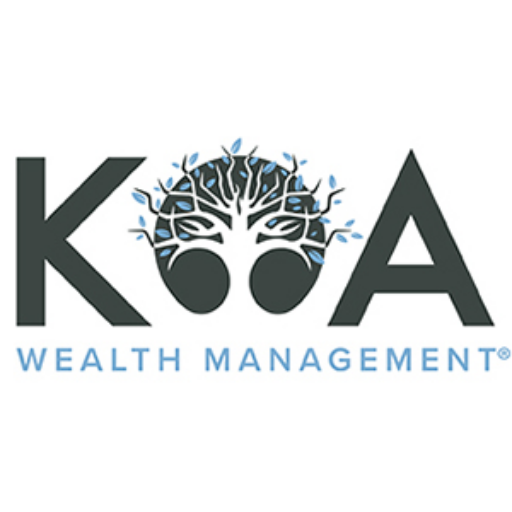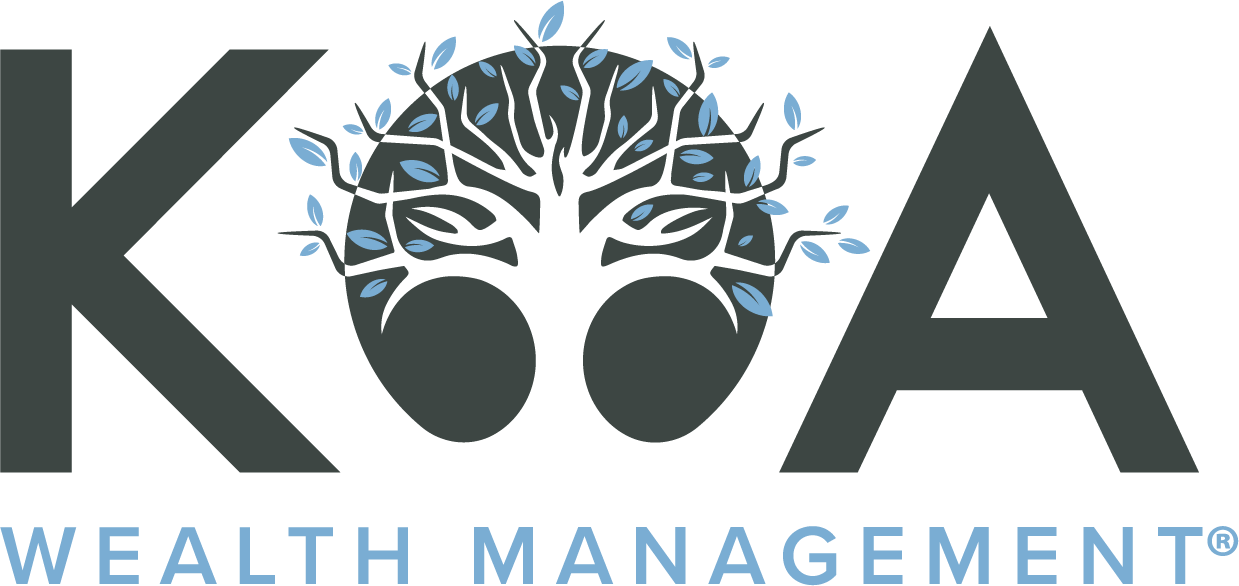Q2 2024 MARKET COMMENTARY
Judging by the excitement of investors through the first 2 quarters of this year, 2024 has thus far proved to be a much better year than most Wall Street Strategists had expected. The S&P 500 for example has already met or exceeded their targets for the year and we still have 6 months to go. While the returns on well-known US Large Cap Indexes (S&P 500 / Nasdaq) have been outstanding, we’ll discuss items in our commentary that may give investors pause as to whether this hot start to the year can continue. Moving into 2024, we expected that some of the trends that persisted in 2023 would continue into the New Year – Technology stocks outperforming, Interest Rates remaining elevated, the US Market in general continuing to outperform foreign markets — this has proven to be the case. However, we also thought we could see some important themes change – Commercial Real Estate showing signs of a bottom (Outside of Office), Capital Raising/Investment activity beginning to pick-up in private markets – this is yet to materialize in a meaningful way (Outside of Private Debt). The Yield Curve in the US has now been severely inverted for 2 years and yet still no Recession. We would argue however that the overall level of indebtedness and level of rates on borrowers, may finally be taking it’s toll on economic activity and consumer behavior.
We’ll lead off with Public Equities as it’s the most talked about area of investing and relevant to just about every investor of our practice. The S&P 500 has had a terrific start to the year, moving up 15.23% through 6/28/24 (YTD), after being up 26% in 2023. The Nasdaq with its tech champions was up a terrific 17.33% through 6/28/24 (YTD), and the Russell 2000 which holds what could be many of the great young companies of the future was up only +1.62% through 6/28/24 (YTD). Through 6/28/24 (YTD) Communication Services was the top performing sector up +18.52% while REITs was the worst performer at -2.49%.[1]
Our philosophy around owning Public Equities has encompassed the following 1) Focus on owning the best companies – the strategy of indexing, where you effectively own all companies (Great, average & poor) has never made a lot of sense to us 2) Look to invest in what people and companies really need, where’s there’s less competition for profits, and watch for that company’s ability to exercise pricing power 3) Look for businesses that are durable that can survive hard times – stock prices go up and down, but a durable business won’t go bankrupt and will increase in value over each economic cycle 4) Where we feel we have competency, own the individual companies, where we don’t utilize a passive basket like a sector ETF or active management through a mutual fund. Also, as part of our investment philosophy we prefer to invest new capital into areas that are unloved or what I refer to as “Orphaned” and wait for the market to rotate capital into that area. With experience has come the understanding that while the broad indexes represent returns for a broad basket of stocks, under the surface there can be a lot of turbulence sector to sector and stock to stock. We want to position our clients to where we believe the puck will be going and try to arrive there before the herd shows up and bids prices much higher. This strategy through the front half of the year has been challenging as the lion share of returns have been generated in Large Cap US Stocks and more specifically the largest Tech stocks which make up an inordinate share of indexes like the S&P 500 and Nasdaq. While these are wonderful businesses that we own and will probably look to own more of in the future, investors must always have an understanding that at times the price of a stock/security and the business that it represents can divorce itself. We currently see some great businesses trading at what we believe are steep discounts to their real value while others trade at large premiums to their typical valuation around their earning streams. Large Cap Tech businesses will continue to be an important driver of the US economy; however we believe the run-up in their stock prices leave them susceptible to a corrective period in their stocks, which perhaps has started here in early Q3. On the other hand, we think unloved sectors like REITs, Utilities, Consumer Staples & Materials represent interesting risk/reward situations and prospects for improving returns relative to the broach market as we moved forward. Each sector has its particular catalysts – For instance in the REIT sector the moderation of interest rates has most recently lead to a spike in values over the last 2 weeks, but when we look further back, it now appears that prices bottomed between Q3-Q4 of last year. Even with the recent dart higher, these stocks are still well off their 2021 highs. In the Utilities Sector we see a move lower in rates as one catalyst, but also demand for more electricity to power Data Centers and EV/Plug in hybrid proliferation in the auto sector. In Consumer Staples, we are seeing a recession in inflation generally, typically the price increases and shrink-flation (Same price but smaller size) sticks when input commodity costs start to come down, leading to better margins for these companies. Finally, Materials, while we don’t like the long term outlook for oil, we do think gold, copper and uranium prices could stay elevated or move higher for years to come as investments are made in electrification capacity (Copper/Uranium) and investors become more fearful around the explosion of fiat currency/paper money (Gold).
Private Equity for our clients has gotten off to a positive start here in 2024. While the returns are more subdued than those garnered currently in the Public Equity Markets, we believe the returns are in-line with expectations coming into the year and still represent an opportunity to improve should interest rates continue to moderate on a go-forward basis. Rising rates over the last 2 years have caused deal flow to contract substantially as sellers are still longing for the multiples they could get back in 2021 when rates were rock bottom, while buyers are looking for deals (Aren’t we all!). If rates continue to come down, we could see multiples re-rate higher, this could cause sellers to take more assets to market and get deal flow going again. Depending on how the election in November plays out, a change in governance in Washington may also portend to a less active FTC and pushback against mergers/buyouts. Should we see deal activity pick up, we are hopeful that we could see a nice reacceleration in returns in this part of the market in 2025. Over the last 6-9 months, we have been pretty active in increasing our allocation to this space for clients – now we are in the wait, watch and see mode.
Private Real Estate, which had been so good to our investors from 2019 through the front half of 2022 finally fell upon some tougher times over the last 24 months. The Federal Reserve’s increase of the Fed Funds Rate let to interest rates ratcheting up across the economic landscape – increasing the cost to finance real estate purchases and ultimately raising cap rates (Lowering valuations) on existing commercial real estate assets. While we saw a drawdown in NAV during this period, our investors continued to collect a healthy level of tax efficient monthly income. Given the much smaller drawdown in Private Non-Traded REIT values vs. their publicly traded peers, for many clients we opted to turn off their monthly auto-reinvestment during 2023 and instead took the cash to reinvest into the Public REIT Market. Our strategy was to look for investments in the Public Market that would be complimentary to our Private Market holdings but also would provide substantially higher returns if they in fact recover as we expect they’ll do. Looking at the current conditions in the Public REIT market, it’s clear to me that Public REITs have largely put in a bottom in Q3-Q4 of last year and are now starting to make progress for our investors. This is a great sign for our Private Real Estate as the two buckets usually trade on a time lag – let me explain. Public REITs because of their daily liquidity and stock prices that can trade at premiums or discounts to NAV, tend to move more quickly and violently. Most Public REIT prices peaked during 2021 and bottomed out in Q3-Q4 of 2023 (Roughly 2 year process). While on the Private Non-Traded REIT area, many of the NAV prices peaked in Q3 of 2022 if we are following a similar time distribution between the two groups, we expect the Private REIT area is in its bottoming process right now. This is why we’ve prompted our clients to either reorganize/optimize their Private REIT investments and/or potentially add to our best idea in this space. While the inflection point has not yet arrived, we believe it’s coming and now, while prices are still depressed is when you want to be placing your additional investment.
While Q1 saw interest rates bounce around due to a few surprising upticks in inflation prints, Q2 has been the story of a Federal Reserve finally signaling that interest rate cuts are coming. The market, as it always does, is moving ahead of the Fed, lowering interest rates across the curve (Outside of the very front end which is controlled via the Fed Funds Rate). This has caused some buying of bonds in the public market and a general opinion that investors should extend duration (Increase interest rate sensitivity) in their portfolios. While we agree that lower rates may be in our future, it’s still a guess to what that ultimately means. We have two potential outcomes 1) Is the “Soft Landing” – meaning inflation/rates continue to come down gradually, but growth continues to stay positive in the economy – this is currently the base case within the market and how the market is positioned generally speaking when looking at equity and credit markets 2) “Recession”, while we think this is still a tough call with all of the liquidity still floating in the system, when inflation/rates and growth all come down, there’s always a potential for an “Overshoot” where the economy dips into a shallow/quick contraction – 2022 would be an example of this. In our opinion the market is “Not” priced for this, which represent a risk and potential opportunity for those that position ahead of it. For this reason, we continue to keep a very high grade positioning and bias with our Public Debt allocations. If the more negative scenario presents itself, these assets can be a source of funds to reinvest in opportunities in the credit and or equity market – depending on which we find more compelling.
2024, in general has gotten off to a strong start, but we will not be surprised to see sell-offs/consolidation of gains at some points or multiple points during the back half of the year. If/when they emerge, we’ll continue to view them as buying opportunities for our client’s portfolios. With the ballooning debt of the US Govt., we are communicating to clients our concern around the necessity to build a portfolio that will be resistant to the threat of higher inflation as we move forward. An equity portfolio must be built with companies with strong pricing power. All portfolios must own “Real” assets with Real Estate as our preferred allocation with some support from commodities. And for the time being we are keeping a balance of fixed and floating rate debt, but in the longer term, we may need to move solely into floating rate debt for our clients who seek income and capital preservation. We are always cognizant that tomorrow’s forest relies on the seeds that we plant today.
[1] The Bespoke Report 6/28/24

PO BOX 231030, Encinitas, CA 92023 | 760-602-6920 | info@koawealth.com
This material should not be considered a recommendation to buy or sell securities or a guarantee of future results. Koa Wealth Management, LLC is a registered investment adviser. Registration does not imply a certain level of skill or training. More information about Koa Wealth Management, LLC can be found in our Form ADV Part 2, which is available upon request or by visiting our website at www.koawealth.com/disclosure. Past performance is not a guarantee of future results. All investment strategies have the potential for profit or loss; changes in investment strategies, contributions, or withdrawals may materially alter the performance and results of a portfolio. Different types of investments involve varying degrees of risk, and there can be no assurance that any specific investment will be suitable or profitable for a client’s investment portfolio.







